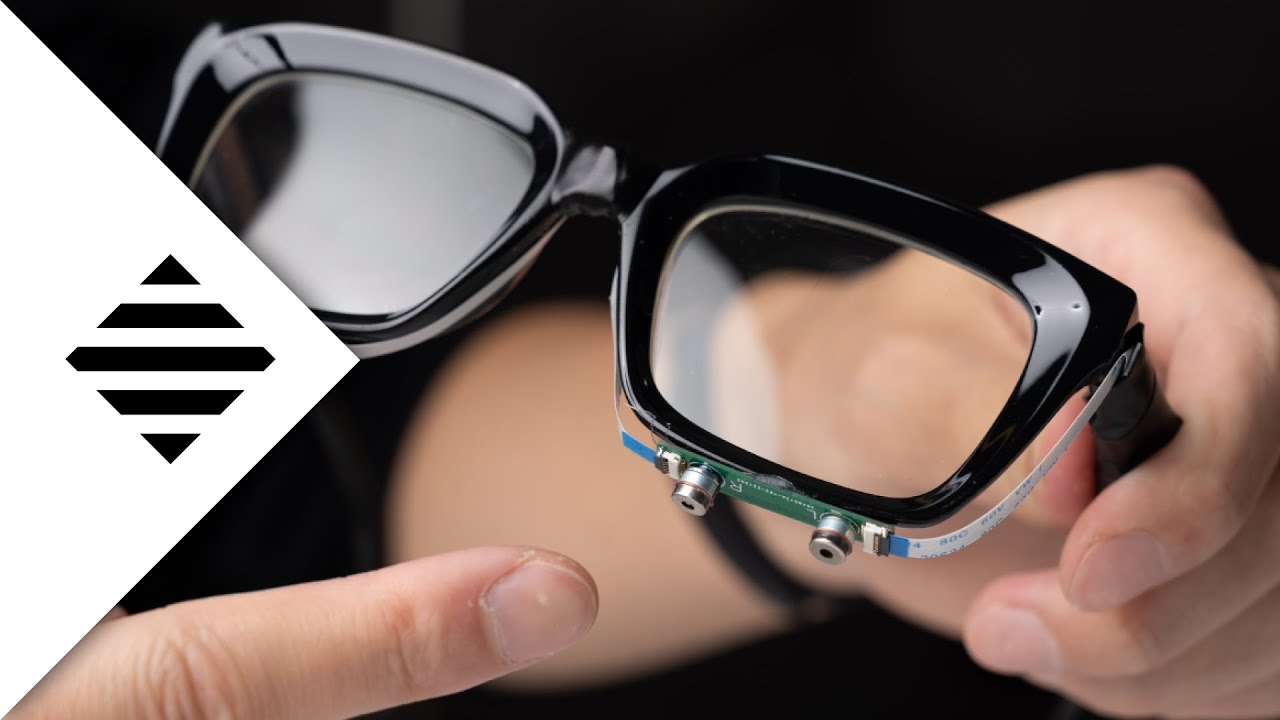MOSFETWeekly is a leading platform dedicated to providing cutting-edge insights into microelectronic systems. Our mission is to bridge the gap between academic research, technological innovation, and market applications by offering unbiased and in-depth coverage of advancements in semiconductor physics, device modeling, and process engineering.
Understanding MOSFETs: The Cornerstone of Modern Electronics
What Are MOSFETs?
MOS Field-Effect Transistors (MOSFETs) are the workhorses of modern integrated circuits. They are essential components in everything from smartphone chips to high-performance servers. This section delves into the fundamentals of MOSFET operation, including their structure and physics.
Structure of a MOSFET
A MOSFET consists of three main layers: the source, the drain, and the gate. The source and drain are heavily doped to create p-type or n-type regions, while the gate is an insulating layer that modulates the conductivity between these two regions.
Operation Modes
MOSFETs can operate in four primary modes:
- Cut-Off Mode: No current flows when the gate voltage is below a certain threshold.
- Triode Mode (Linear Region): The device acts as a resistor, allowing a proportional relationship between gate voltage and drain current.
- Enhancement Mode: The gate voltage enhances the device’s ability to conduct electricity.
- Saturation Mode: Both drain and source voltages are applied, but the gate voltage no longer affects the drain current.
Challenges in MOSFET Modeling
Accurate modeling of MOSFET behavior is crucial for circuit simulation and design optimization. However, challenges remain due to the complexity of device physics and the need for precise material property data.
Recent Advances
Recent advancements have focused on incorporating machine learning algorithms to predict device performance under varying conditions. These models improve accuracy while reducing computational costs.
The Evolution of MOSFET Technology
Historical Progression
The development of MOSFETs has been a cornerstone of semiconductor progress, driving everything from digital computers to consumer electronics.
Early Days: Bipolar Junction Transistors (BJTs)
Before the advent of MOSFETs in 1965, BJTs were the primary building blocks of electronic circuits. The shift marked a new era of integration and miniaturization.
Current Trends
Today’s MOSFETs are increasingly used in high-speed processors, memory chips, and advanced driver-assistance systems (ADAS). The trend towards higher performance and lower power consumption continues to shape industry innovation.
Industry Applications of MOSFETs
Consumer Electronics
MOSFET technology powers everything from smartphones to home entertainment systems. Its versatility and reliability make it indispensable in modern electronics.
Smart Homes
The integration of MOSFETs in smart home devices enhances energy efficiency, automation, and user safety. This trend is driving the adoption of advanced semiconductor technologies.
Automotive Sector
ADAS and electric vehicles rely heavily on MOSFETs for their high-performance operation under varying conditions. These applications demand reliability and precision in device performance.
Future Directions
Research Frontiers
Future advancements in MOSFET technology will focus on achieving higher speeds, lower power consumption, and enhanced integration capabilities.
Quantum Dot MOSFETs
Emerging research into quantum dot MOSFETs promises significant improvements in switching speed and device reliability. However, challenges such as material stability and manufacturing yield must be addressed.
Collaborative Efforts
Collaboration between academia, industry, and government will continue to accelerate progress in semiconductor technology. Cross-disciplinary efforts are essential for overcoming technical barriers.
Conclusion
MOSFETs remain a cornerstone of modern electronics, driving innovation across industries. As research and development continue to advance, the future promises even more remarkable applications powered by cutting-edge semiconductor technologies.
